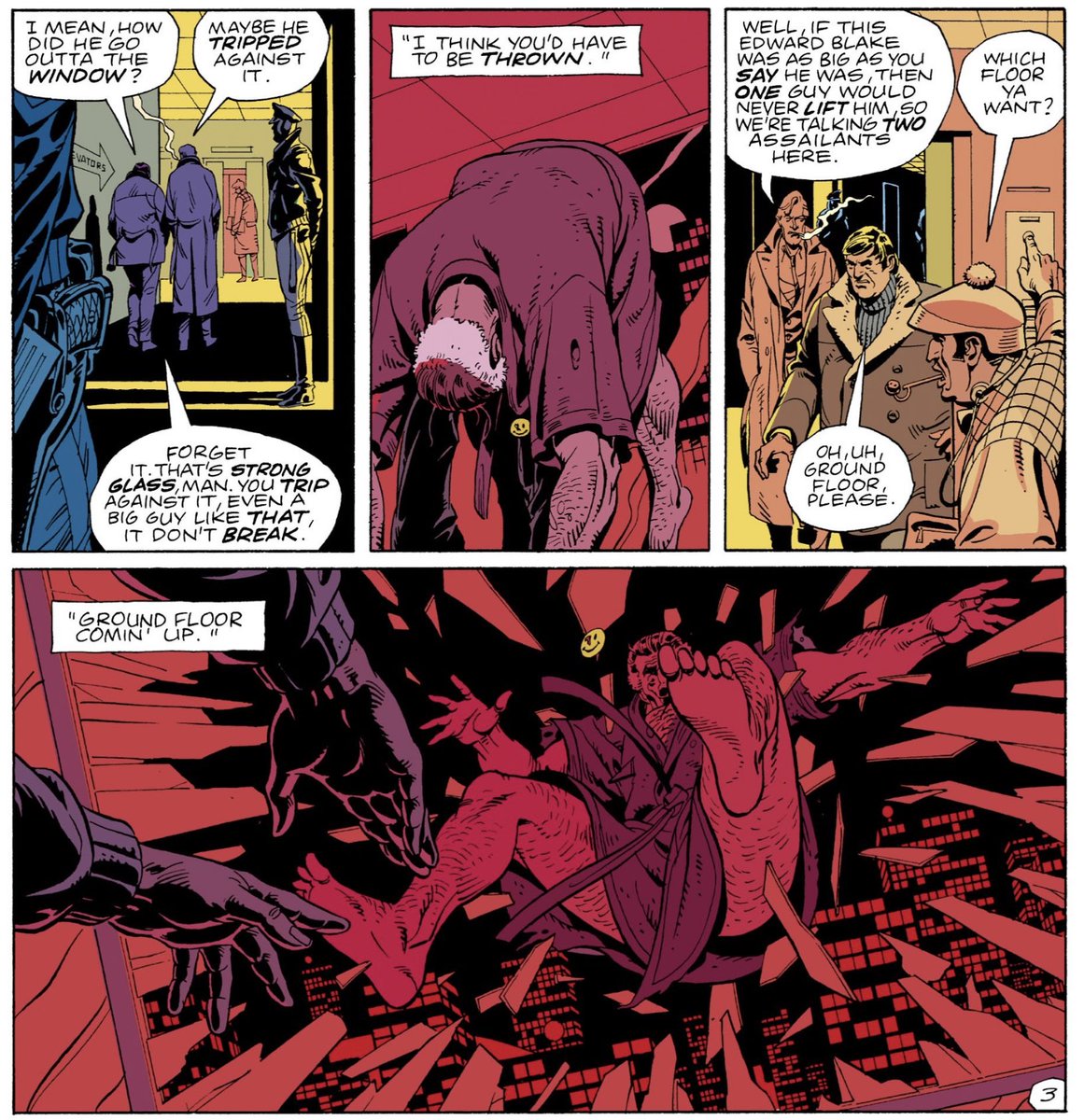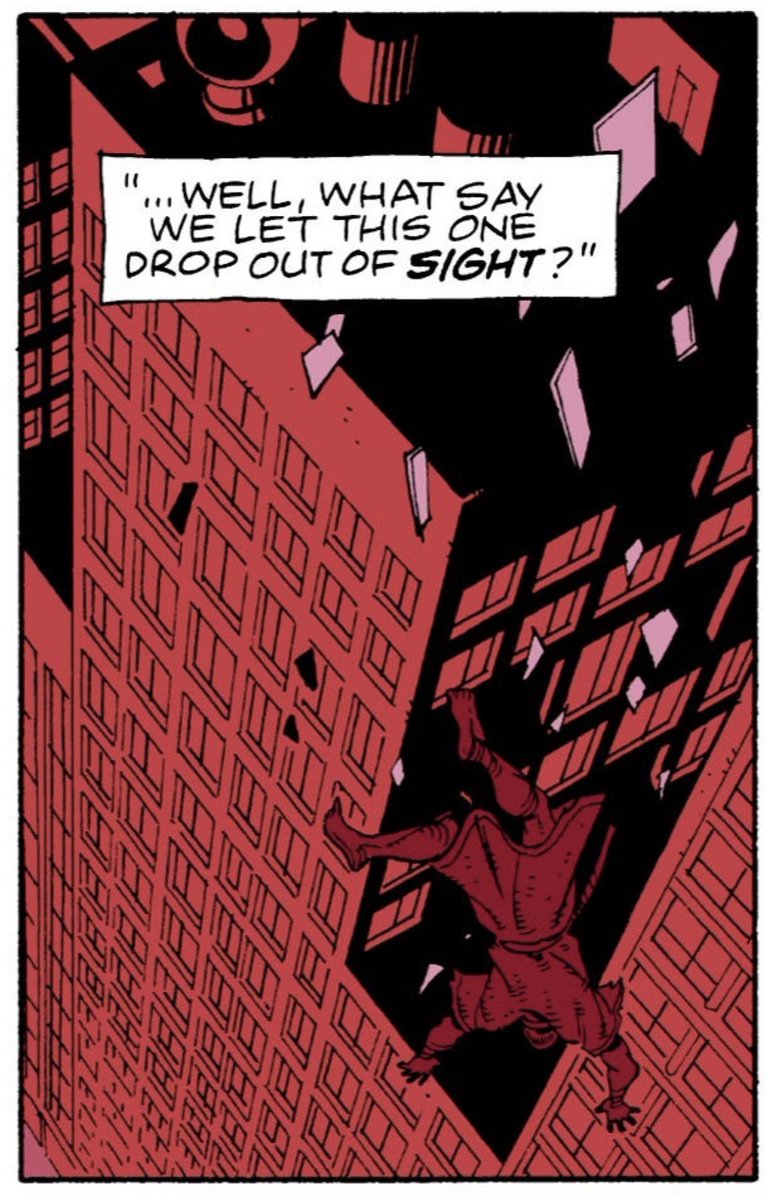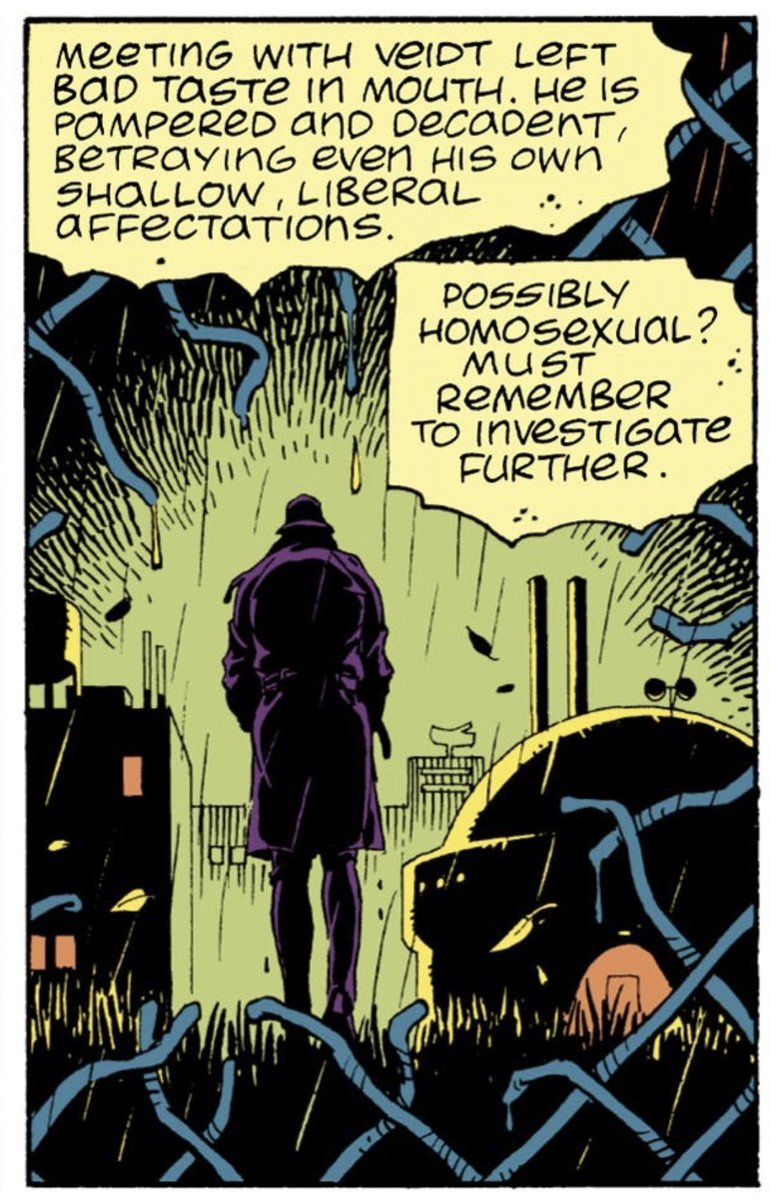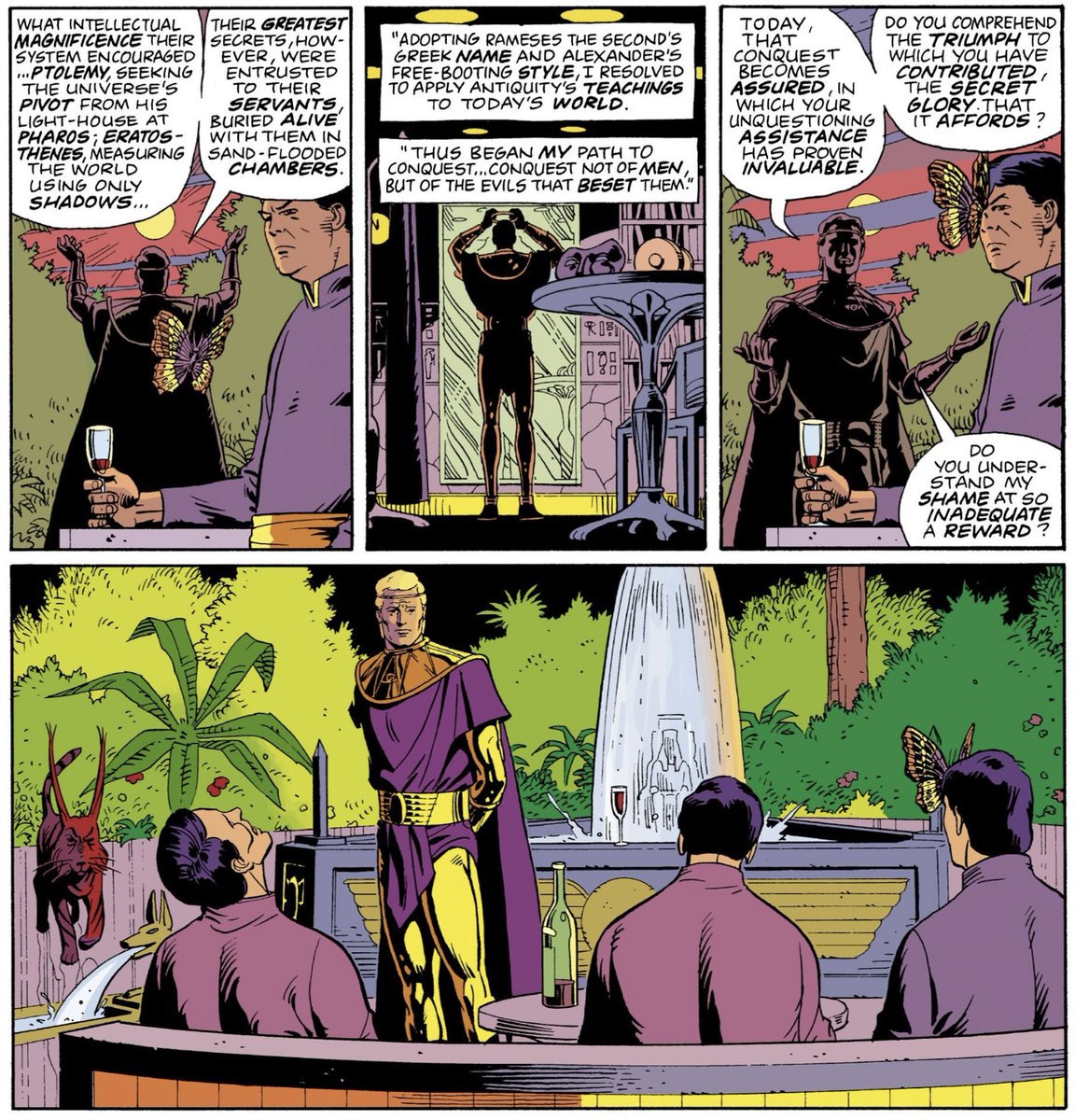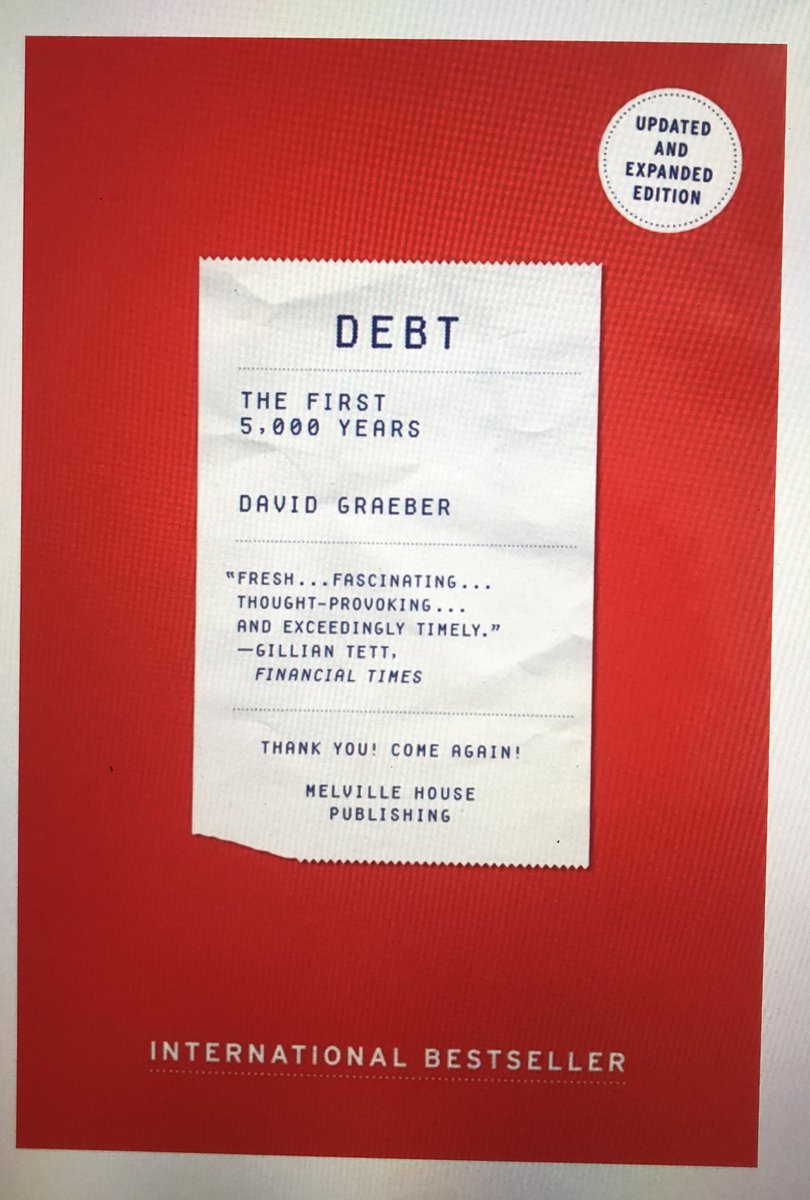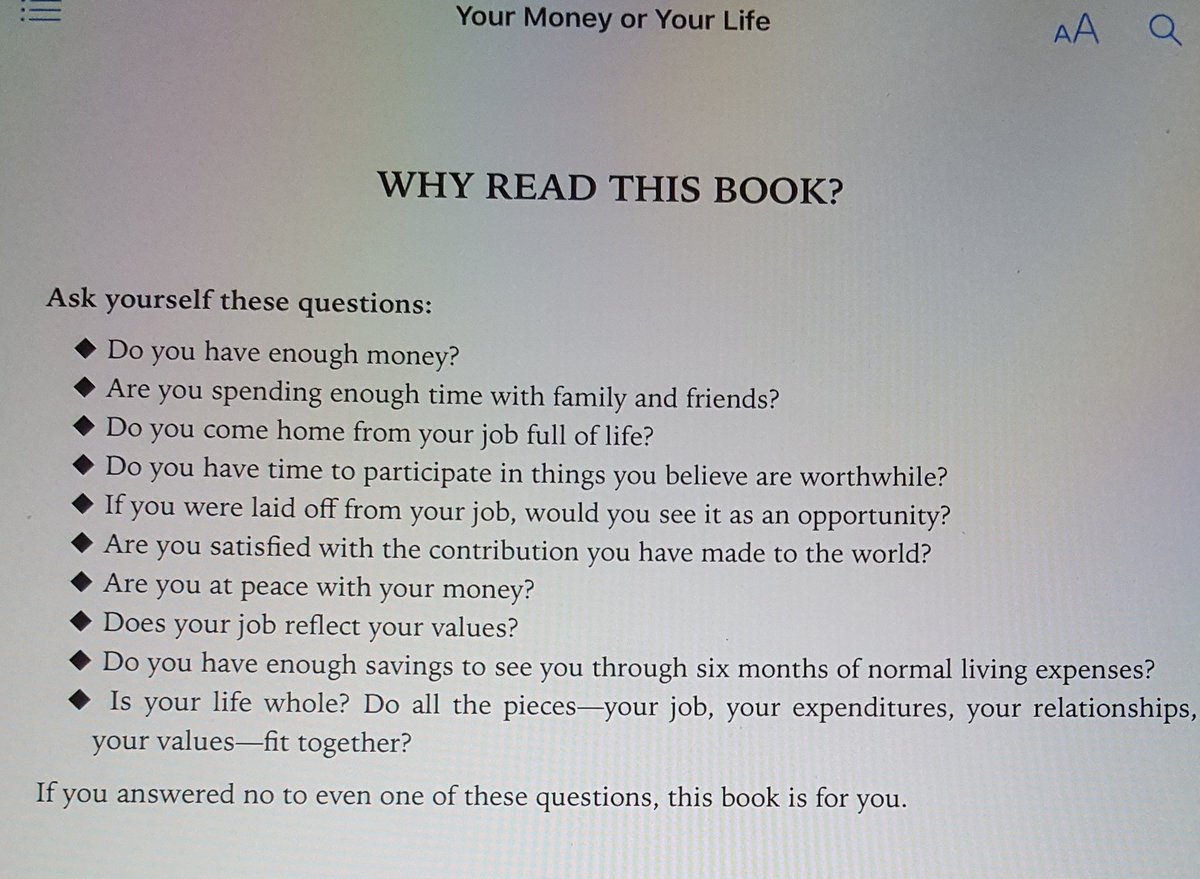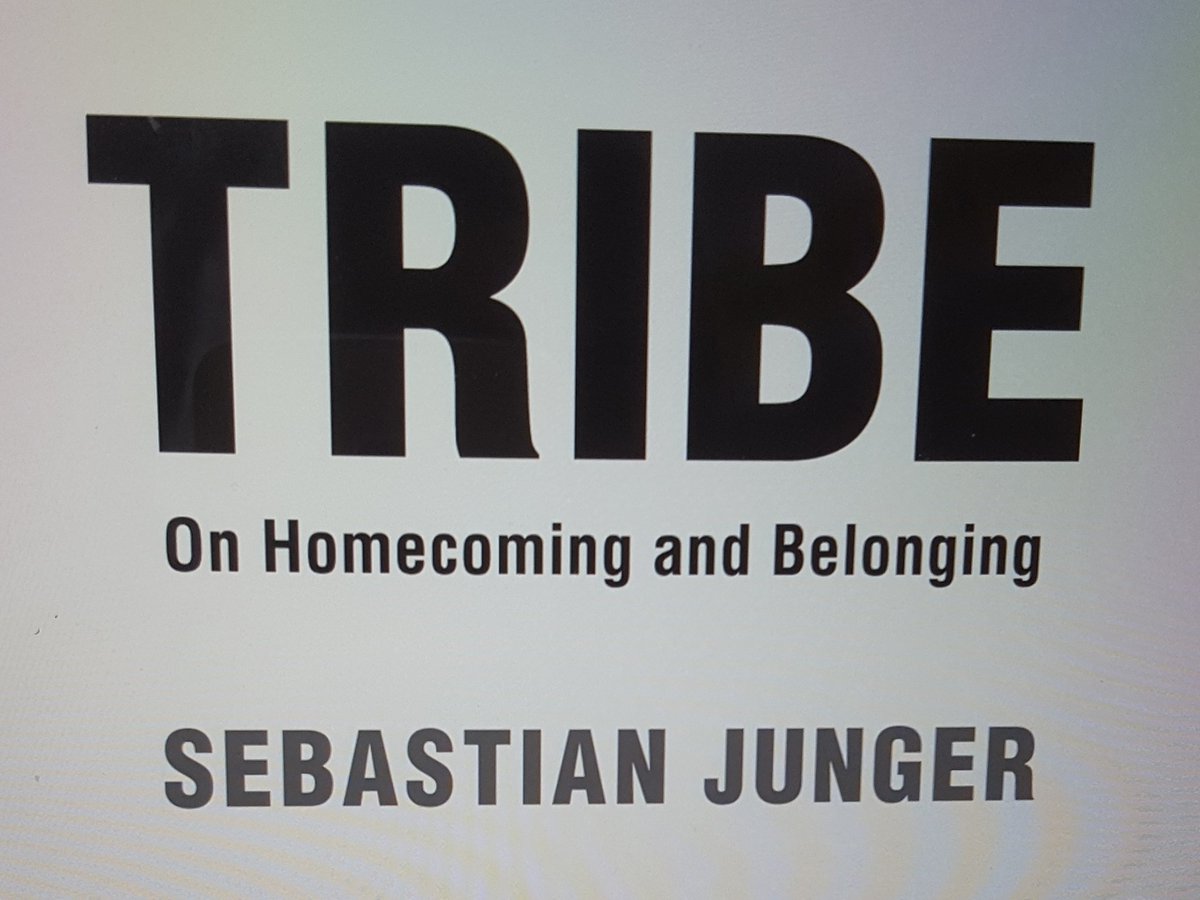It’s a gimmick that only really works as a comic issue.
medium.com/@pedrovribeiro…
But if you don’t see Rorschach as somebody the alt-right could latch on to, well...
Anyway, here’s Damon Lindelof on it.
vulture.com/2019/10/watchm…
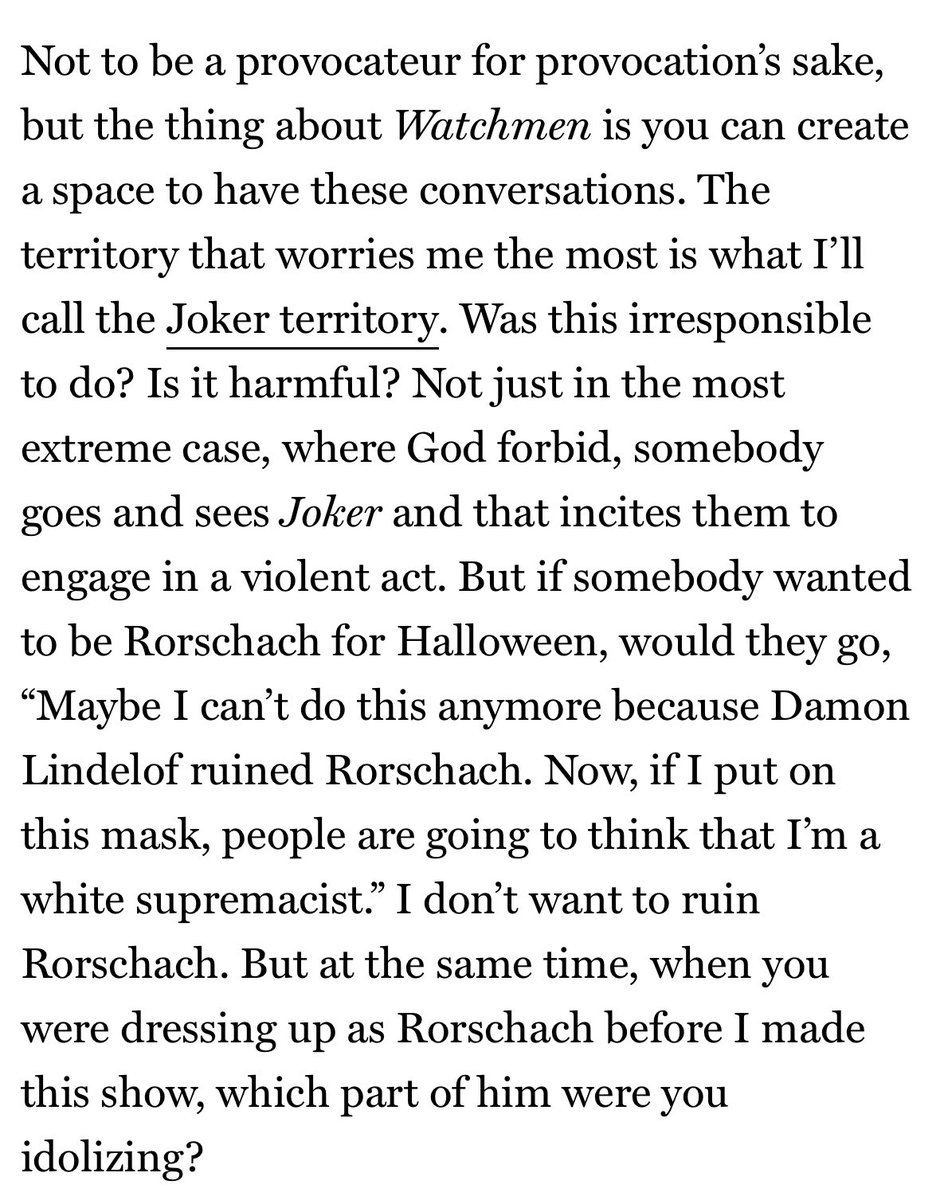
But probably no more than that the fact that so many fail to see he’s really not a nice guy.
He was intimately involved with the crafting of the book. For example, the iconic nine-panel grid was his idea.
Here’s a great interview with @abrahamjoseph, discussing his impact and legacy.
Well worth a read.
vulture.com/2019/10/watchm…
This allows for an incredible density of narrative while maintaining storytelling clarity and rhythm.
vice.com/en_us/article/…
It’s no coincidence that one of his servants offers Veidt “a horseshoe.” Perhaps alluding you the political theory.


